-
 Bitcoin
Bitcoin $117,953.1650
-0.44% -
 Ethereum
Ethereum $3,404.6769
7.20% -
 XRP
XRP $3.2145
7.63% -
 Tether USDt
Tether USDt $1.0001
0.01% -
 BNB
BNB $717.7875
3.79% -
 Solana
Solana $175.1351
5.00% -
 USDC
USDC $0.9997
-0.02% -
 Dogecoin
Dogecoin $0.2140
6.36% -
 TRON
TRON $0.3125
3.78% -
 Cardano
Cardano $0.7984
6.61% -
 Hyperliquid
Hyperliquid $46.3875
-2.89% -
 Stellar
Stellar $0.4661
-1.97% -
 Sui
Sui $3.9769
-0.95% -
 Chainlink
Chainlink $17.0299
3.26% -
 Hedera
Hedera $0.2442
2.02% -
 Bitcoin Cash
Bitcoin Cash $494.1589
-0.49% -
 Avalanche
Avalanche $22.7305
3.32% -
 Shiba Inu
Shiba Inu $0.0...01429
3.24% -
 UNUS SED LEO
UNUS SED LEO $8.8207
-0.20% -
 Toncoin
Toncoin $3.2223
3.73% -
 Litecoin
Litecoin $99.4978
2.54% -
 Polkadot
Polkadot $4.1940
2.13% -
 Monero
Monero $341.6175
2.76% -
 Pepe
Pepe $0.0...01357
4.19% -
 Uniswap
Uniswap $8.8637
-2.74% -
 Bitget Token
Bitget Token $4.7017
0.48% -
 Dai
Dai $0.9998
-0.03% -
 Ethena USDe
Ethena USDe $1.0003
-0.04% -
 Aave
Aave $320.8518
-2.86% -
 Bittensor
Bittensor $428.9747
-1.94%
What is an IPFS and how does it relate to NFTs?
IPFS ensures NFT data remains secure, immutable, and decentralized by using content-based addressing and distributed storage.
Jul 10, 2025 at 01:07 pm
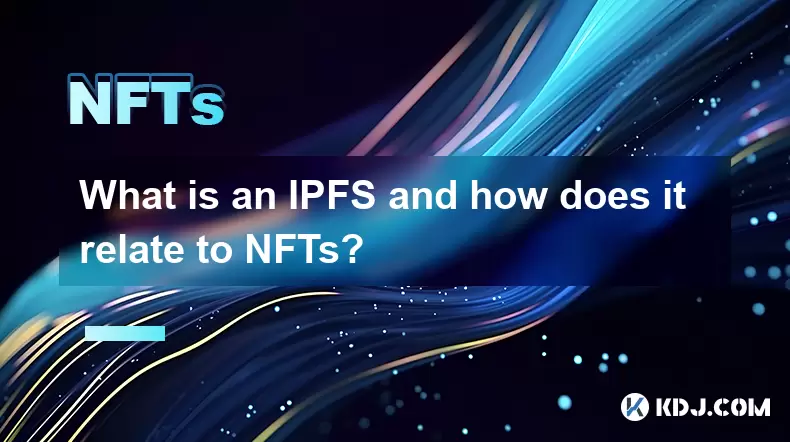
Understanding IPFS: A Decentralized File Storage System
IPFS, short for InterPlanetary File System, is a peer-to-peer hypermedia protocol designed to make the web faster, safer, and more open. Unlike traditional HTTP protocols that rely on centralized servers to store and deliver content, IPFS uses a decentralized network of nodes to distribute data across multiple locations simultaneously.
In this system, each file is given a unique cryptographic hash, which acts as its address. Instead of requesting data from a specific server, users retrieve files by their content identifiers (CIDs). This means that if two people have the same file, they only need to store it once, reducing redundancy and increasing efficiency.
The use of content-based addressing makes IPFS highly resistant to censorship and outages because data can be retrieved from any node hosting it.
How IPFS Differs from Traditional Web Protocols
Traditional web browsing relies heavily on the HTTP protocol, where users request information from a central server using a domain name or IP address. This client-server model has several limitations:
- It's vulnerable to downtime when servers go offline.
- It's susceptible to censorship and manipulation.
- It can be slow due to bottlenecks in centralized infrastructure.
IPFS eliminates these issues by allowing data to be hosted and accessed from multiple sources at once. When a user requests a file, the nearest node with that content responds, significantly improving load times and resilience.
Moreover, since files are stored based on their content rather than location, IPFS ensures data integrity through hashing. Any change to a file results in a new CID, preventing unauthorized modifications without detection.
The Role of IPFS in the NFT Ecosystem
Non-Fungible Tokens (NFTs) are digital assets that represent ownership of a unique item or piece of content on a blockchain. While NFTs are recorded on blockchains like Ethereum, the actual media files (images, videos, audio) are usually not stored directly on-chain due to size and cost constraints.
This is where IPFS becomes crucial in the NFT space. NFT creators often upload their digital files to IPFS and then store the resulting CID on the blockchain as a reference to the asset. This method ensures that:
- The file remains accessible even if the original hosting service goes down.
- The content cannot be altered without changing the CID, preserving authenticity.
- It reduces reliance on centralized storage providers, aligning with the ethos of decentralization.
Using IPFS for NFT metadata and media storage enhances permanence, security, and decentralization compared to traditional cloud storage solutions.
Steps to Upload Files to IPFS for NFT Use
If you're planning to create an NFT and want to host your media on IPFS, follow these steps:
- Download and install an IPFS client such as IPFS Desktop or use a browser extension like IPFS Companion.
- Launch the application and allow it to initialize a local node.
- Navigate to the "Files" section and click "Import" to add your image, video, or other media files.
- Once uploaded, the system will generate a unique CID for your file.
- Copy the CID and format it into an IPFS gateway URL (e.g.,
https://ipfs.io/ipfs/CID_HERE) to verify access. - Paste the CID or gateway link into your NFT smart contract or minting platform when creating your token.
It’s important to pin your files to ensure they remain available. Pinning tells your local node to keep a copy of the file permanently. You can also use services like Pinata, Infura, or Filecoin to pin your files on external nodes for added reliability.
Why NFT Projects Prefer IPFS Over Other Storage Methods
Many NFT projects opt for IPFS over centralized alternatives like AWS or Google Cloud for several reasons:
- Decentralization: IPFS removes dependency on a single provider, reducing risks associated with centralized control.
- Cost Efficiency: Hosting large volumes of data on IPFS is generally cheaper than using traditional cloud services, especially when leveraging community nodes.
- Immutability: Once uploaded, content cannot be changed without generating a new CID, ensuring the integrity of NFT assets.
- Scalability: As more users join the network and host content, the system becomes more robust and faster.
Additionally, using IPFS aligns with the core principles of blockchain technology—transparency, immutability, and resistance to censorship. These attributes make it ideal for storing digital collectibles, artwork, and metadata associated with NFTs.
Frequently Asked Questions
What happens if my IPFS-hosted NFT file becomes unavailable?
If the file isn’t pinned by any active node, it may become inaccessible until someone re-uploads it. To prevent this, use pinning services or participate in distributed storage networks like Filecoin or Storj.
Can I edit a file after uploading it to IPFS?
Editing a file changes its hash, effectively creating a new file. If you need to update an NFT’s metadata or media, you must re-upload it and update the corresponding blockchain record.
Is IPFS completely free to use?
Yes, basic usage is free, but long-term hosting requires either running your own node or using paid pinning services to guarantee availability.
Do all NFT marketplaces support IPFS links?
Most major platforms like OpenSea, Rarible, and Mintable accept IPFS CIDs or gateway URLs, though some may default to centralized storage unless manually configured.
Disclaimer:info@kdj.com
The information provided is not trading advice. kdj.com does not assume any responsibility for any investments made based on the information provided in this article. Cryptocurrencies are highly volatile and it is highly recommended that you invest with caution after thorough research!
If you believe that the content used on this website infringes your copyright, please contact us immediately (info@kdj.com) and we will delete it promptly.
- C2 Blockchain, DOG Coins, and Acquisition: A Meme-Native Bitcoin Asset
- 2025-07-17 20:30:12
- Ethereum, Pepe, Crypto: Navigating the Wild West of Digital Assets
- 2025-07-17 20:30:12
- PUMP Presale Mania: CEX Transfers and the Token's Wild Ride
- 2025-07-17 20:50:11
- Hilbert Group & Tokenisation: Seed Round Success Signals DeFi's Institutional Future
- 2025-07-17 20:50:12
- Trump, Meme Coins, and Tokens: A Wild Ride in Crypto
- 2025-07-17 18:50:12
- Ripple's EU Expansion: RLUSD Takes Center Stage, XRP's Role Defined
- 2025-07-17 18:30:12
Related knowledge
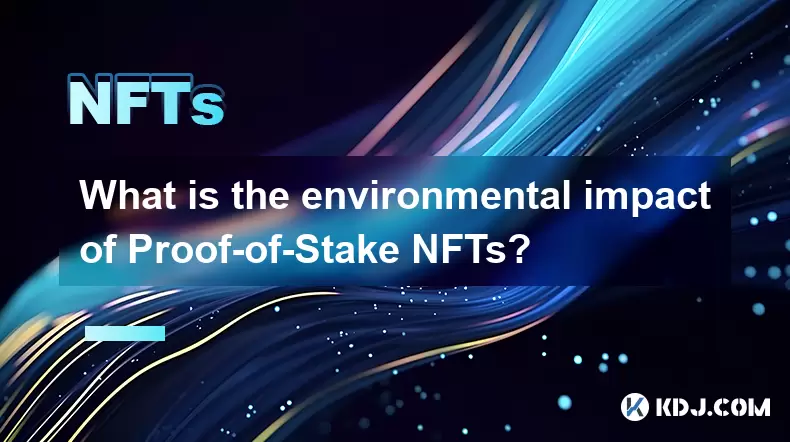
What is the environmental impact of Proof-of-Stake NFTs?
Jul 17,2025 at 07:14pm
Understanding the Basics of Proof-of-Stake NFTsProof-of-Stake (PoS) is a consensus mechanism used by blockchain networks to validate transactions and ...
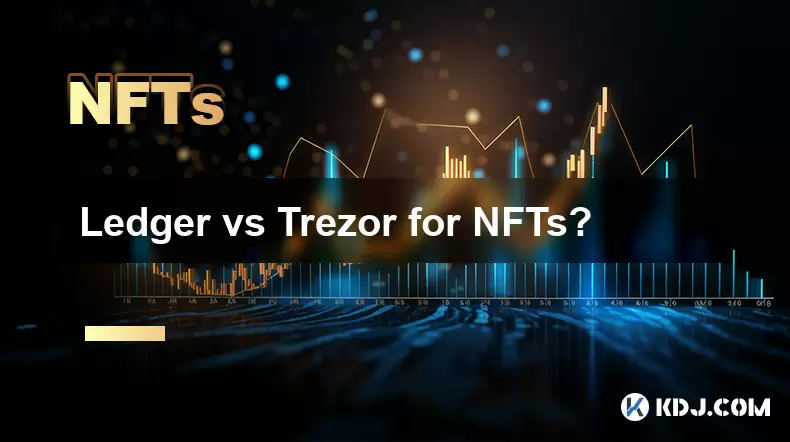
Ledger vs Trezor for NFTs?
Jul 17,2025 at 09:28pm
What Are Ledger and Trezor in the Context of NFTs?Ledger and Trezor are two of the most popular hardware wallets used for securing digital assets, inc...

What is a hardware wallet for NFTs?
Jul 17,2025 at 07:00pm
Understanding the Concept of a Hardware Wallet for NFTsA hardware wallet for NFTs is a physical device designed to securely store non-fungible tokens ...
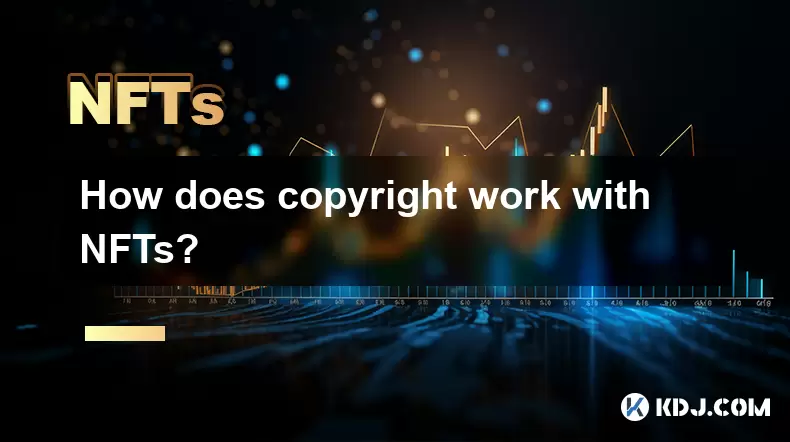
How does copyright work with NFTs?
Jul 17,2025 at 04:07pm
Understanding the Basics of NFTs and CopyrightNon-Fungible Tokens (NFTs) have revolutionized how digital assets are perceived and traded. However, man...
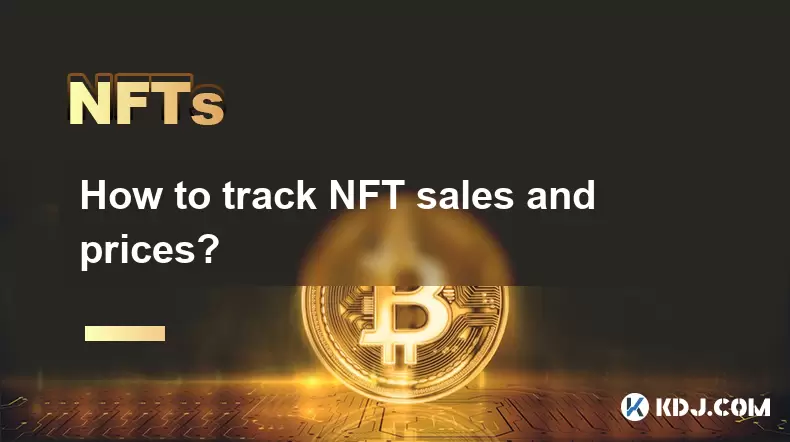
How to track NFT sales and prices?
Jul 17,2025 at 07:56pm
Understanding the Basics of NFT TrackingTracking NFT sales and prices begins with understanding what NFTs are and how they function on blockchain netw...
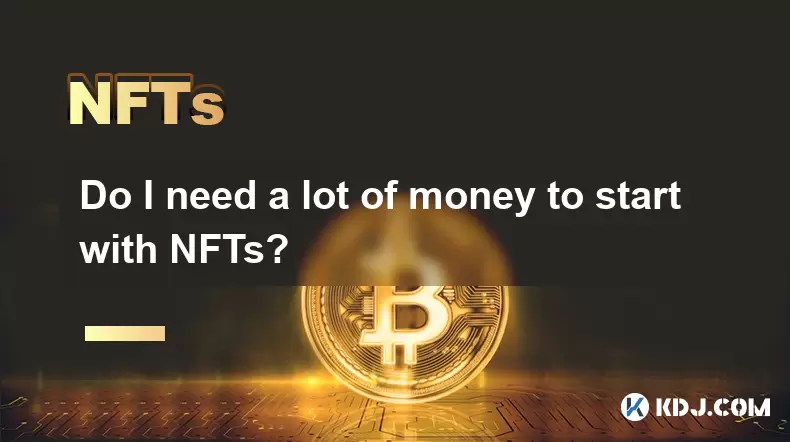
Do I need a lot of money to start with NFTs?
Jul 17,2025 at 07:08pm
Understanding the Basics of NFTsNFTs, or non-fungible tokens, are unique digital assets that represent ownership of a specific item or content on the ...

What is the environmental impact of Proof-of-Stake NFTs?
Jul 17,2025 at 07:14pm
Understanding the Basics of Proof-of-Stake NFTsProof-of-Stake (PoS) is a consensus mechanism used by blockchain networks to validate transactions and ...

Ledger vs Trezor for NFTs?
Jul 17,2025 at 09:28pm
What Are Ledger and Trezor in the Context of NFTs?Ledger and Trezor are two of the most popular hardware wallets used for securing digital assets, inc...

What is a hardware wallet for NFTs?
Jul 17,2025 at 07:00pm
Understanding the Concept of a Hardware Wallet for NFTsA hardware wallet for NFTs is a physical device designed to securely store non-fungible tokens ...

How does copyright work with NFTs?
Jul 17,2025 at 04:07pm
Understanding the Basics of NFTs and CopyrightNon-Fungible Tokens (NFTs) have revolutionized how digital assets are perceived and traded. However, man...

How to track NFT sales and prices?
Jul 17,2025 at 07:56pm
Understanding the Basics of NFT TrackingTracking NFT sales and prices begins with understanding what NFTs are and how they function on blockchain netw...

Do I need a lot of money to start with NFTs?
Jul 17,2025 at 07:08pm
Understanding the Basics of NFTsNFTs, or non-fungible tokens, are unique digital assets that represent ownership of a specific item or content on the ...
See all articles

























































































